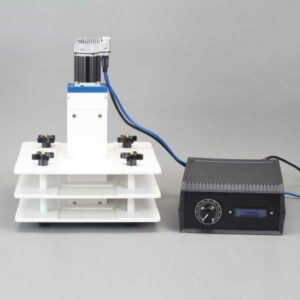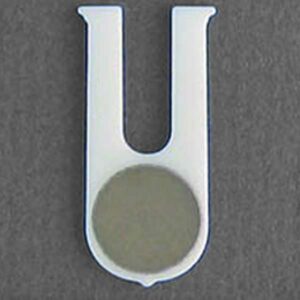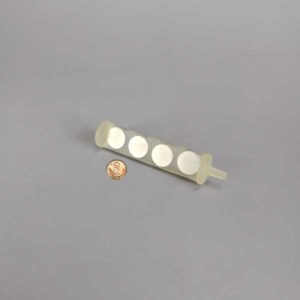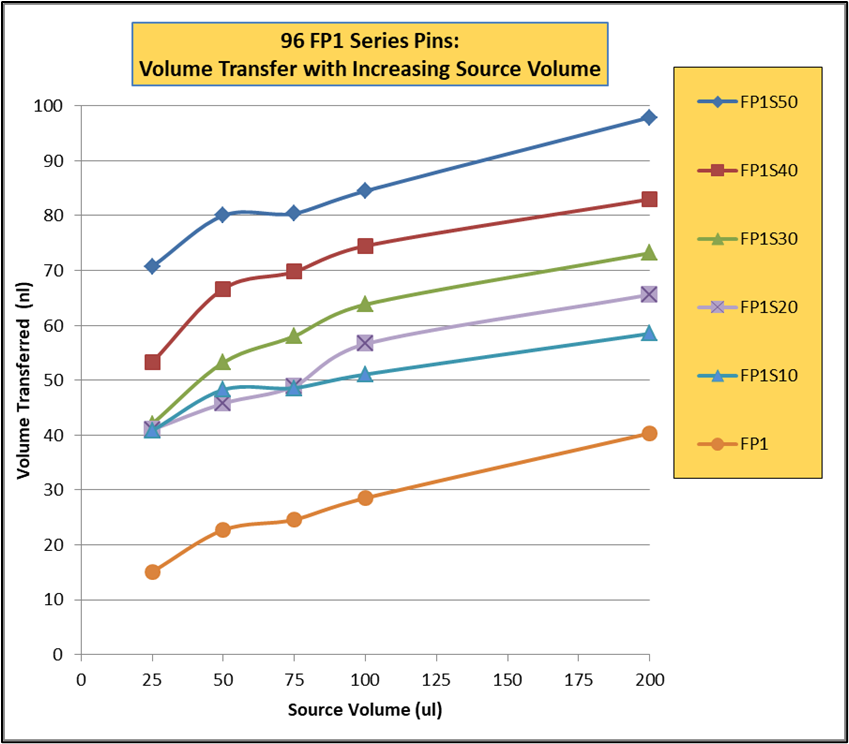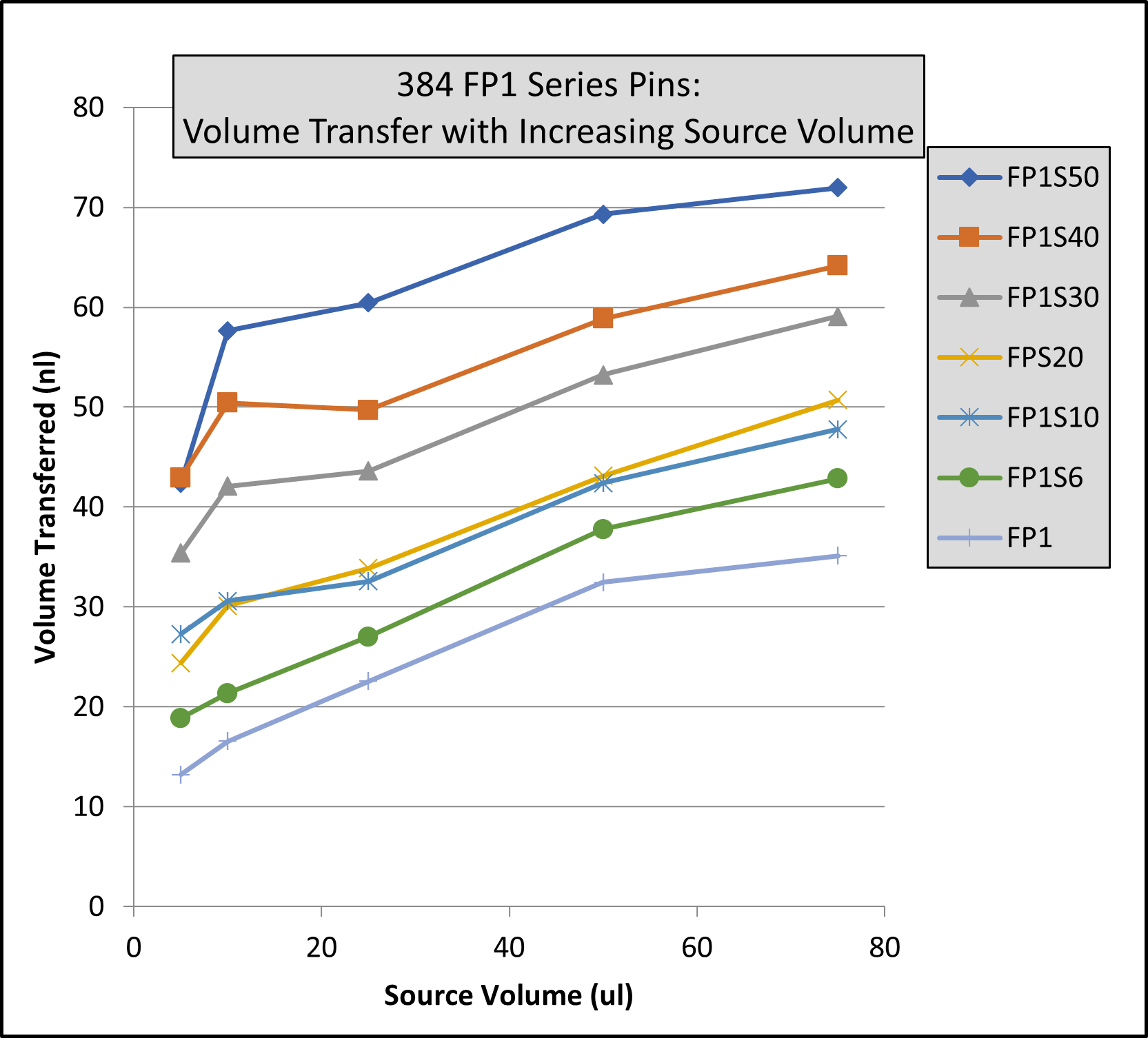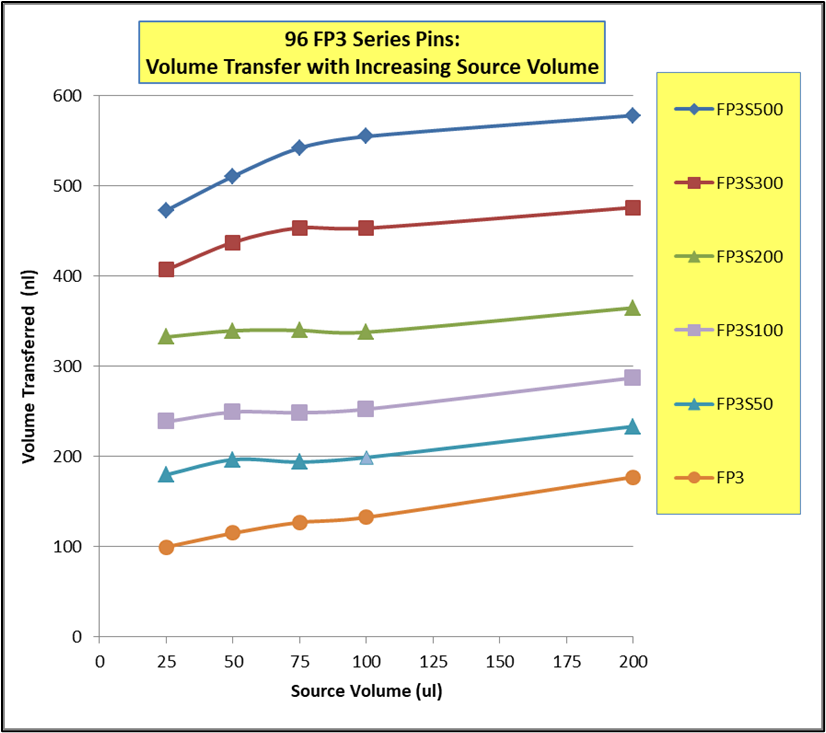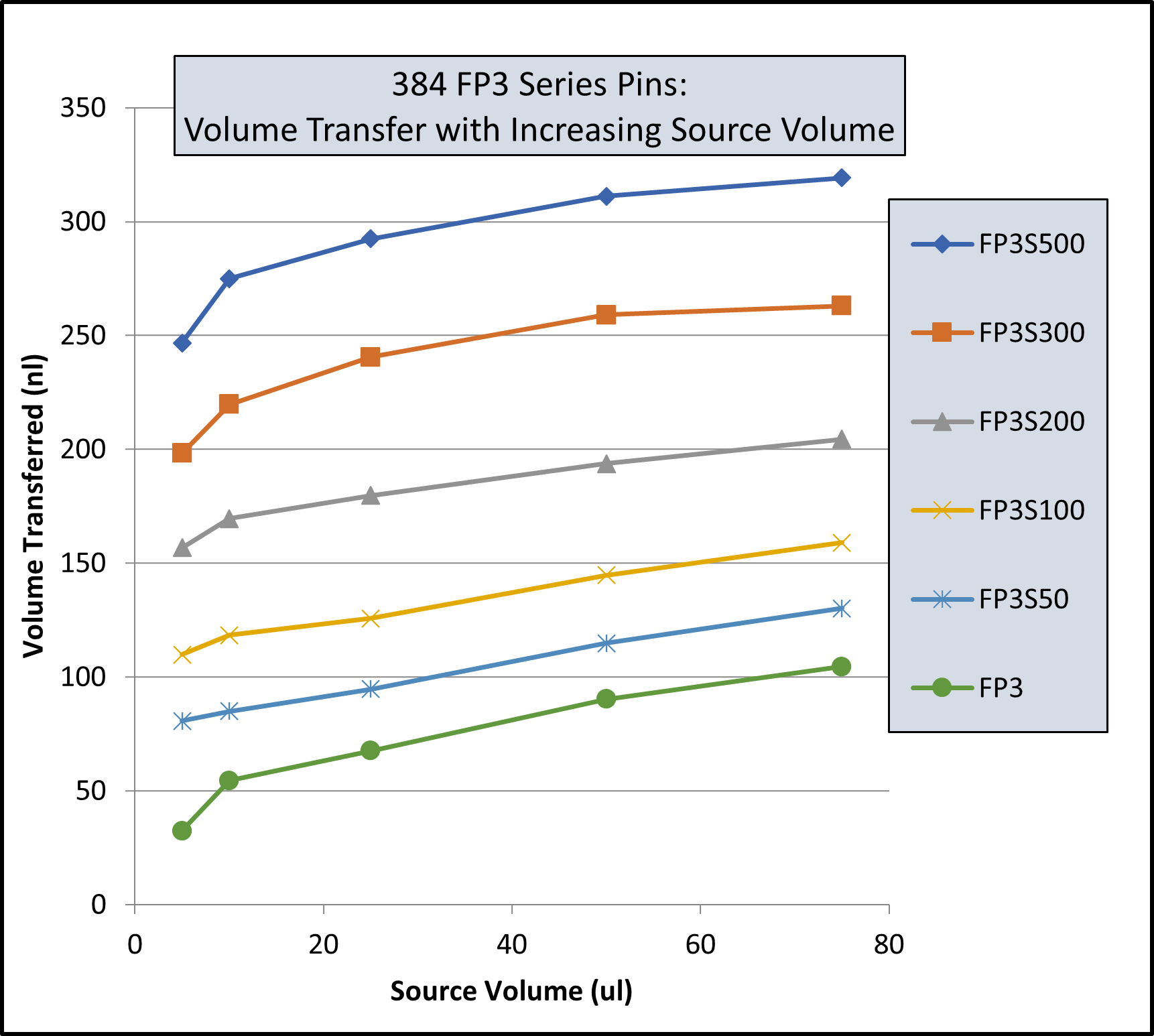STIRRER, Vortex Lateral Tumble, Servo Motor, High Speed and High Torque, Low Profile, Stand With Three Shelves To Hold Microplates and SLAS Racks On All Four Sides, Manual Control, RPM Readout on Control Unit LCD, 120/220 Volts, 60/50 Hz, CE Compliant
VP 708C5-7A
STIRRER, Vortex Lateral Tumble, Low Profile, Stand With Three Shelves To Hold Microplates, and SLAS Racks On All Four Sides
| Container Used | Microplates, Syringes, Tubes/Vials |
|---|---|
| Mode of Use | Benchtop, Robotic Pipettor |
| Control Type | Manual Control |
| Magnetic Cylinder Length | 177.8mm |
| Length | 393.70mm |
| Width | 152.40mm |
| Height | 63.50mm |
| Motor Coupling | Direct Drive |
| Motor Specs | Closed System Servo, Double Stack, NEMA 23 |
| Power Supply Output | 48VDC, 5A |
| Power Supply Input | 120/220V |
| Frequency | 50/60 Hz |
| CE Compliant | Yes |
| Material | ABS |
| Magnet Strength | 48MGO |
| Max RPM | 1500 |
| Drive System | Tumble Stirrer |
Flick ‘N Blot Magnetic Separation Plates Overview
Fast, Reliable, Pipette-Free Magnetic Bead Separation Alternative
What’s Flick ‘N Blot?
Engineered to remove supernatant and wash buffers efficiently. We’ve taken the versatility of our magnetic separation plates and developed a new system for scientists to simply ‘flick’ off the supernatants and wash buffers without disturbing your magnetic bead pellets and fear of losing samples.
By securing the microplate directly onto a magnetic separation plate, the entire assembly can be inverted and flicked, allowing the decanting of non-viscous supernatants while maintaining pellet integrity. This approach adapts the familiar ELISA plate wash decanting technique that’s now adapted for magnetic bead assays, eliminating the need for automated liquid handling systems or manual pipetting – ideal for budget-friendly high-throughput applications. Just flick ‘n blot!
System Compatibility:
Supported Plate Formats
- 96-well plates (standard and deep-well): round bottom, v-bottom, flat-bottom, conical
- 384-well plate (standard): flat-bottom
Pelleting Configurations
- Single-sided bottom pelleting
- Four-sided bottom pelleting
- Corner-offset (center corner) pelleting
- Centralized bottom pelleting
Whether you’re running nucleic acid purifications, protein isolations, or immunoassays, Flick ‘N Blot simplifies your workflow and reduces consumable waste.
Optimizing Your Assay?
Selecting the optimal magnetic separation plate depends on several critical factors, including bead size, concentration, magnetic field geometry, and assay volume. We know how important precision and reproducibility are to your experiments.
To help make the decision easier, we’ve put together a detailed guide to help you navigate your options. Explore our blog: “Choose Your Microplates Wisely!” to select the right solution for your lab today.
V&P Scientific’s Unique and Patented Vertical Tumble Stirring Systems Applications
Multiple Tube or Microplate Stirring |
|
Magnetic Field Strength versus Distance from the Alligator Magnetic Tumble Stirrer Deck
However, as a safety factor, we recommend that people with pacemakers keep at least 36″ or 91 cm from the Alligator Vertical Tumble Stirrers and the Vortex Lateral Tumble Stirrer. V&P does not make any claims in regard to the validity of the 5 gauss threshold for deactivating implanted medical devices. The 5 gauss magnetic field is a guideline to avoid risks associated with magnets and implanted medical devices such as pacemakers. For more information, please consult your physician. We try to position the magnet as close to the deck as possible given the constraints of the magnetic cylinders and deck design. Note the distance between the magnet surface and the surface of the deck varies for each magnetic tumble stirrer design and thus the gauss levels at the surface of the deck vary.

